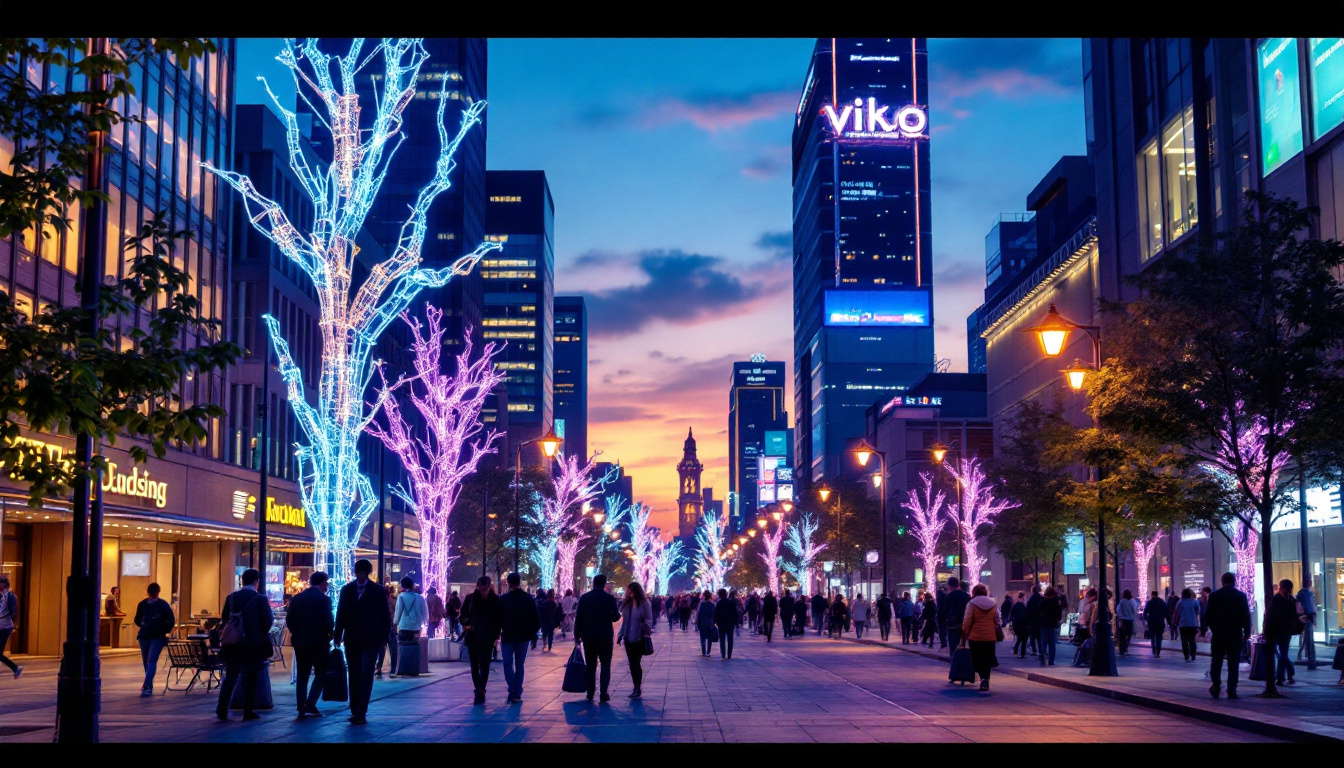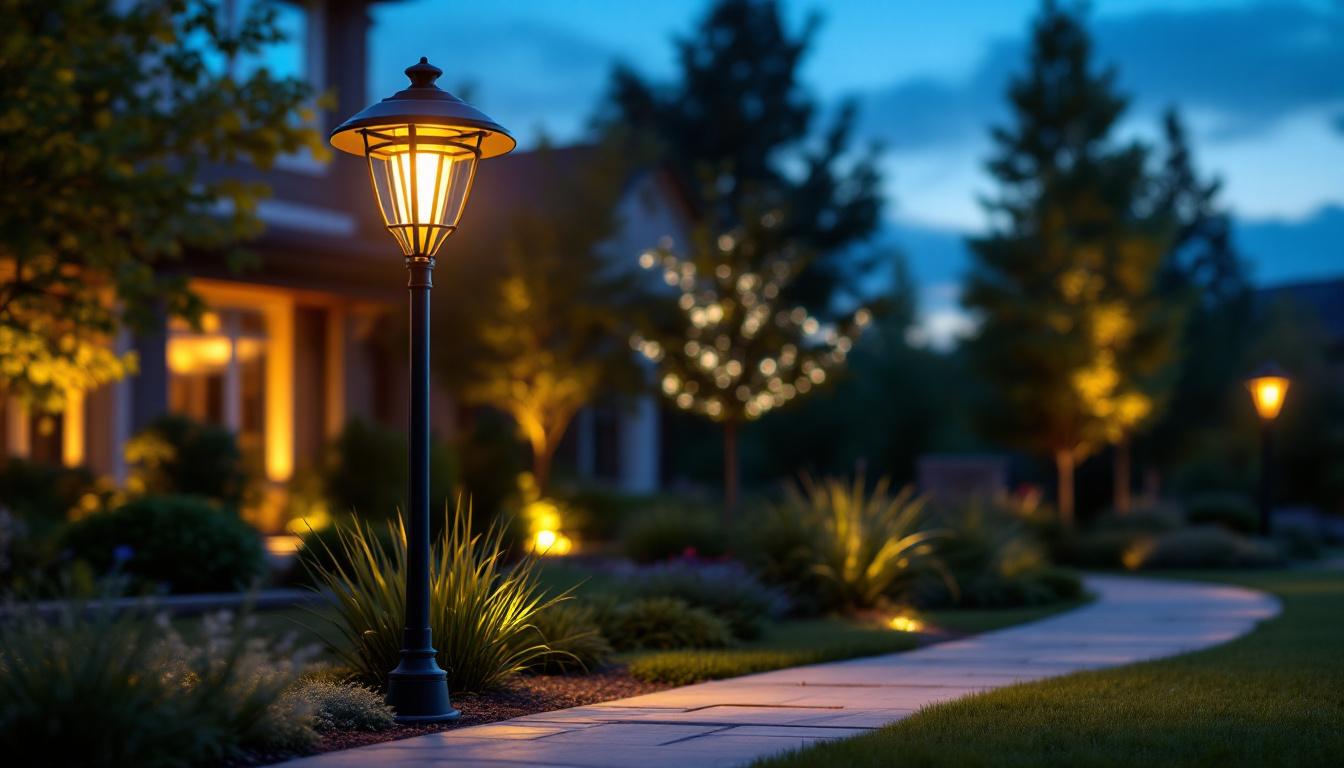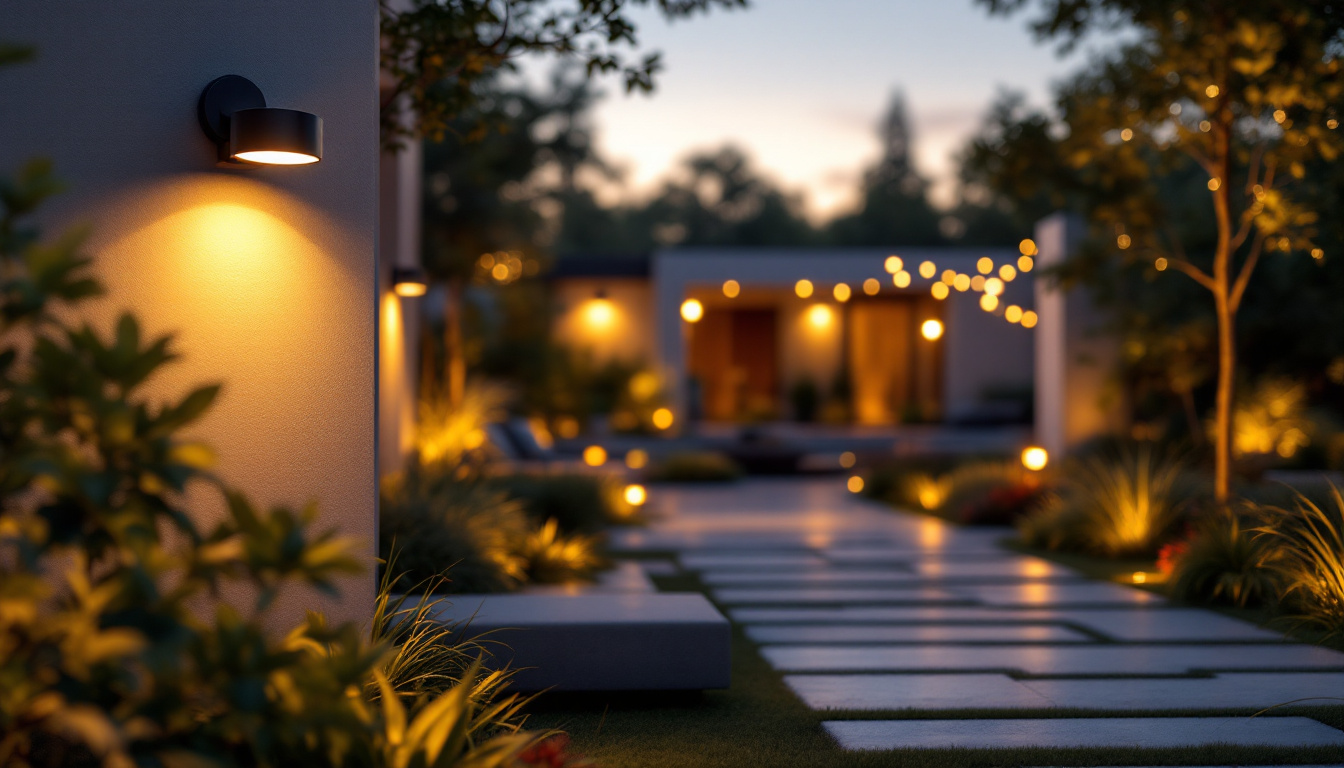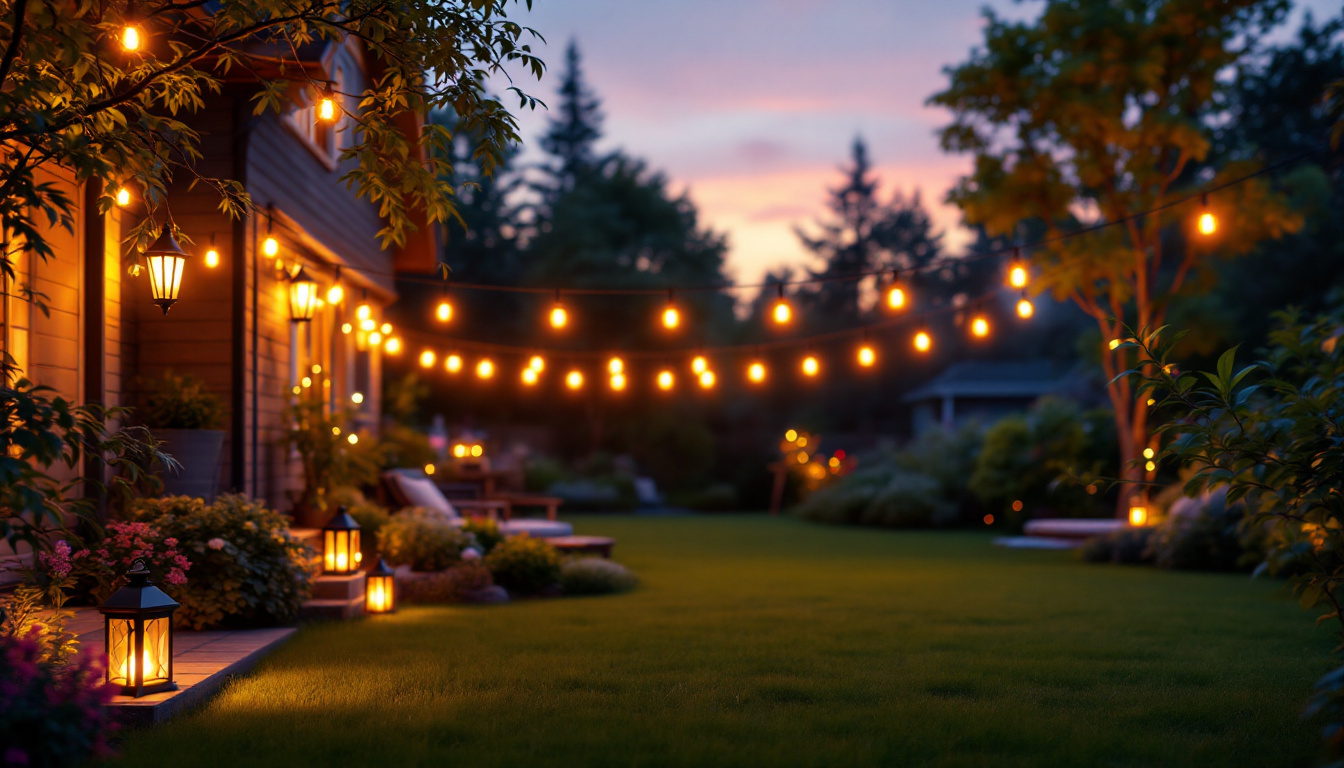
In the realm of modern lighting design, suspension lights have emerged as a popular choice for both residential and commercial spaces. Their versatility, aesthetic appeal, and functional benefits make them a staple in the toolkit of any lighting contractor. This article aims to provide expert advice on suspension lights, covering their types, installation tips, design considerations, and maintenance practices.
Suspension lights, also known as pendant lights, are fixtures that hang from the ceiling, typically suspended by a cord, chain, or rod. They come in various styles, sizes, and materials, making them suitable for a wide range of applications. Whether illuminating a dining area, a kitchen island, or a workspace, suspension lights can enhance the ambiance and functionality of a space. The versatility of these fixtures allows them to blend seamlessly with different interior design themes, from modern minimalist to rustic farmhouse, ensuring that they can complement any decor.
There are several types of suspension lights available on the market, each designed to serve specific purposes. Understanding these types is crucial for contractors looking to recommend the best options to their clients. The choice of suspension light can significantly impact the mood and functionality of a room, making it essential to consider both aesthetic and practical factors.
Suspension lights are incredibly versatile and can be used in various settings. Understanding where to deploy these fixtures can significantly enhance the effectiveness of lighting designs. The strategic placement of suspension lights can transform a space, highlighting architectural features and creating inviting atmospheres.
Moreover, the use of dimmable suspension lights can add an extra layer of versatility, allowing users to adjust the brightness according to the time of day or the mood they wish to create. This adaptability makes suspension lights not only functional but also a key element in the overall design strategy of a space. As technology evolves, many suspension lights now come equipped with smart features, enabling users to control them via mobile apps or voice commands, further enhancing their practicality and appeal.
Proper installation is crucial for the performance and safety of suspension lights. Here are some expert tips to ensure a successful installation process.
Before installation, selecting the appropriate location for suspension lights is essential. Consider the following aspects:
Wiring is a critical aspect of installing suspension lights. Proper wiring ensures safety and functionality. Here are some considerations:
Design plays a pivotal role in the selection and placement of suspension lights. A well-thought-out design can elevate the aesthetics of any space. Here are some key considerations.
The style of suspension lighting should complement the overall decor of the space. Here are some popular styles:
Choosing the right color temperature and brightness is essential for creating the desired ambiance. Factors to consider include:
Regular maintenance is essential to ensure the longevity and performance of suspension lights. Here are some maintenance tips for lighting contractors to share with their clients.
Keeping suspension lights clean not only enhances their appearance but also maintains their functionality. Here are some cleaning tips:
Replacing bulbs in suspension lights is a straightforward process, but it’s important to follow these guidelines:
As the lighting industry evolves, new trends emerge that can influence the choice and design of suspension lights. Staying informed about these trends can help contractors provide up-to-date recommendations to their clients.
With a growing emphasis on sustainability, many manufacturers are now producing eco-friendly suspension lights. Considerations include:
Personalized lighting solutions are becoming increasingly sought after. Contractors can explore options such as:
Suspension lights are a versatile and stylish lighting solution that can enhance any space when chosen and installed correctly. By understanding the various types, installation techniques, design considerations, and maintenance practices, lighting contractors can provide valuable expertise to their clients. Staying informed about current trends and innovations in suspension lighting will further empower contractors to deliver exceptional service and results.
Whether working on a residential project or a commercial installation, the insights shared in this article can help lighting contractors navigate the world of suspension lights with confidence and creativity. Embracing these principles will not only elevate the quality of installations but also foster lasting relationships with clients who appreciate thoughtful and effective lighting solutions.
Ready to elevate your lighting installations with the finest suspension lights on the market? Look no further than LumenWholesale, where we specialize in providing contractors with high-quality, specification-grade lighting solutions at unbeatable wholesale prices. Our extensive selection is designed to meet the highest industry standards, ensuring that every project shines with reliability and performance. Plus, with free shipping on bulk orders, you can enjoy premium lighting at the best value — without any hidden fees. Don’t compromise on quality or cost. Visit LumenWholesale today and discover the ideal blend of quality, affordability, and convenience for all your lighting needs.

Discover how track lighting with integrated lights is revolutionizing the lighting industry by offering unparalleled flexibility, energy efficiency, and design versatility.

Discover the advantages and drawbacks of outdoor pole lamp fixtures for lighting contractors.

Discover how motion sensor light technology is revolutionizing lighting design by enhancing efficiency, safety, and aesthetics.

Illuminate your outdoor space with confidence using our comprehensive lighting contractors’ checklist.